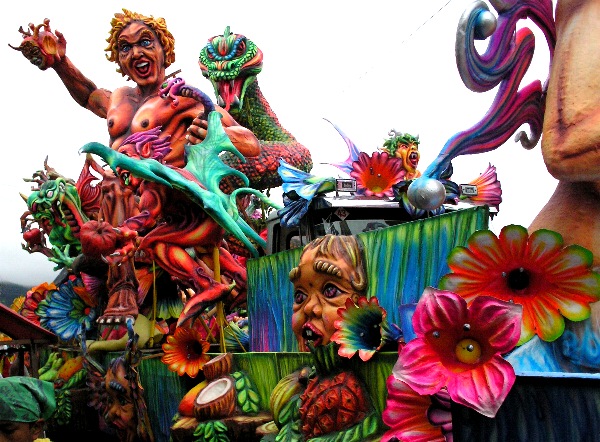Facts About Blacks and Whites' Carnival
The Blacks and Whites' Carnival is a significant celebration in southern Colombia, particularly in the city of Pasto. Held annually from January 2nd to 7th, the carnival attracts a large crowd of both Colombian and international tourists. In 2009, UNESCO recognized it as one of the Masterpieces of the Oral and Intangible Heritage of Humanity.
The carnival's captivating history dates back to 1912, originating from a playful event at a brothel in Pasto. Over the years, it has evolved into a unique amalgamation of various cultures and traditions. Initially rooted in indigenous rituals and later influenced by Spanish culture, the carnival has continually incorporated elements from diverse traditions.
The celebration is divided into several key stages: the Carnavalito (Children's Carnival), the Arrival of the Castaneda Family, Blacks' Day, and Whites' Day, with the Grand Parade being the highlight. Pre-carnival events, such as the Water Carnival and New Year's Eve Puppets, help set the festive mood leading up to the main festivities.
Each day of the carnival features specific activities, including tributes, parades, musical events, and the painting of faces in black or white, each symbolizing different aspects of the celebration. The Great Parade on Whites' Day is a spectacular event with elaborate floats, costumes, comparsas (parade groups), and murgas (musical bands), showcasing the creativity and cultural richness of Pasto.
Artisans, known as Carnival Cultores, are integral to the festivities, creating the magnificent floats and masks that are a hallmark of the carnival. These talented individuals are celebrated for their artistic contributions. Over the years, the carnival has adopted new trends in music, materials, and cultural expressions while maintaining its traditional roots.
In 2001, the Colombian Congress declared the Blacks and Whites' Carnival as Cultural Heritage of the Nation, leading to the creation of the Carnival Corporation to manage the event's planning and organization. Today, the carnival remains a vibrant and cherished tradition, drawing visitors from across the globe to experience this unique cultural celebration in Pasto.

 Ecuador
Ecuador